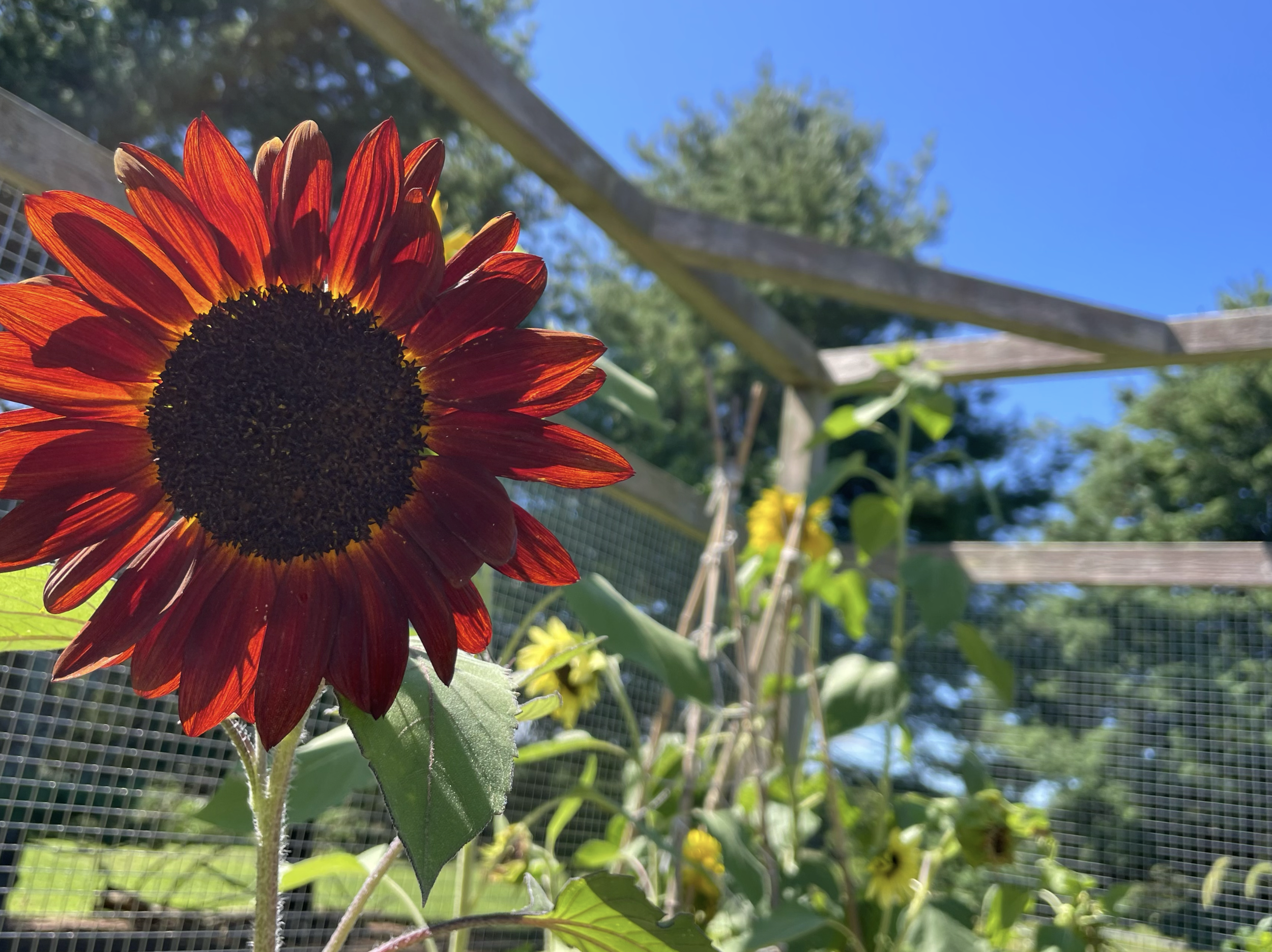
By Julie Mountcastle, Head of School and Chief Innovator
Head of School Blog
The Studios at Slate School
Our afternoons in each classroom are typically filled with individual student projects, ranging from 45 minutes in the younger grades to an hour or two in the older grades. Our students complete four individual project cycles in a year, which culminates each time with a project celebration.
Just before Thanksgiving this year, our learners presented their first project’s new and emerging understandings to a grateful community of families and friends. It was a wonderful and satisfying expression of their work. With only a few weeks before the Winter Break, there wasn’t time for another in-depth project study. This presented us with a challenge and an opportunity. The teachers at Slate School met and discussed many options before settling finally on creating a model for students to experience a wide variety of topics in multi-age groupings. Inspired by the Open Studios of the New Haven Art Community, teachers offered studios ranging from Hand Work and Improv to Science Experiments and World Dance. While Open Studios in New Haven displays artistry for all to see, our Studios offered our students the opportunity to learn side by side about something new to all participants. The topics were chosen based on student interest, and capitalized on the talents and expertise of our educators.
Leah Moriarty combined her love of dance with her experience in Ghanaian dance to create the Dance Studio. Leah shared that “it was really fulfilling to talk about the world, to look at maps and learn about culture through the lens of dance and music. It was exciting for all of us to identify in our own ways as movers who can learn kinesthetically. It felt like a different way of taking in and processing new information.” Another teacher, Ellie Mountcastle, gave space for children to theatricalize beloved stories. Our music educators Eben Pariser and Frances Pollock helped students evolve new beats on percussion instruments, and they facilitated raps to express the ideas of the learners.
Our learners cycled through all of the studio opportunities, and then they chose a studio that they wanted to pursue for an hour on each of three consecutive afternoons. The learners gathered with the facilitating educator to set goals for their studio together.
During the Experiments Studio, our learners worked with Jennifer Staple-Clark to blend the scientific process with art, creativity, and their gardening experiences. In groups, they created their own experiments to explore a chemical reaction that produces carbon dioxide, experimented to identify what plants have catalase, used baking soda to test the pH of various fruits and vegetables, and then created their own paint from campus berries, soil, and fruits and vegetables. A studio by our Environmentalist, Grace Kenney, weaved together service and the joy of the garden. Grace shared that "putting the garden to bed is one of the ways we make the transition from fall into winter, and it was wonderful to have many hands to help with this work throughout the course of the studios. After spending time with the book, Sleep Tight Farm: A Farm Prepares for Winter by Eugenie Doyle, our youngest friends identified ways we could do our own winterizing tasks, such as to plant oats and rye, cover the strawberry plants with straw, and pull out any last weeds to bring to the compost bin. The older children delved into our ever-growing seed library, carefully collected and curated over the years. They did a full inventory of the seeds we already have, rekindling the amazement we feel every year at the incredible variety of vegetables and flowers that exist in this world and having a good laugh at some of the names like "Green Zebra Tomato" and "Nutterbutter Butternut Squash."
It was clear that the connections weren’t just about the learning, although there were more of those than can be shared here. There was also a strong affirmation of our wonderful collaborative mixed age community. Our Curator, Katy Kessler-Rinck, led a handwork studio for our Grade K-2 students, and she shared, that “I have always believed that yarn and string are magical…not just because you can create something with shape and purpose from just a strand, but also because they bring people together. Yarn creates community, and this was evident during our studio.” While two students collaborated to figure out the nuanced movements and coordination to create cat’s cradle, another student created a pom-pom, while others mastered a series of knots so that they could hang a potted plant. As Katy shared, we saw “children teaching each other to finger knit, beaming both at the chance to share knowledge, and to receive it.”
On the final day of the studios, we opened the doors for families to come to observe the studios in action. The response was overwhelming. Both participants and families could see the breadth of experiences we were engaging in as a community. Feedback from the learners themselves was entirely positive. Not only did they learn new skills and information that was meaningful to them, but they were again reminded that everyone at Slate School — educators and students — are all eager learners. I have no doubt that we will return to this model again and again.
Read more about the Experiments Studio here: “From Cave Art Pigments to Catalase: Interdisciplinary Learning in Experiment Studios”.